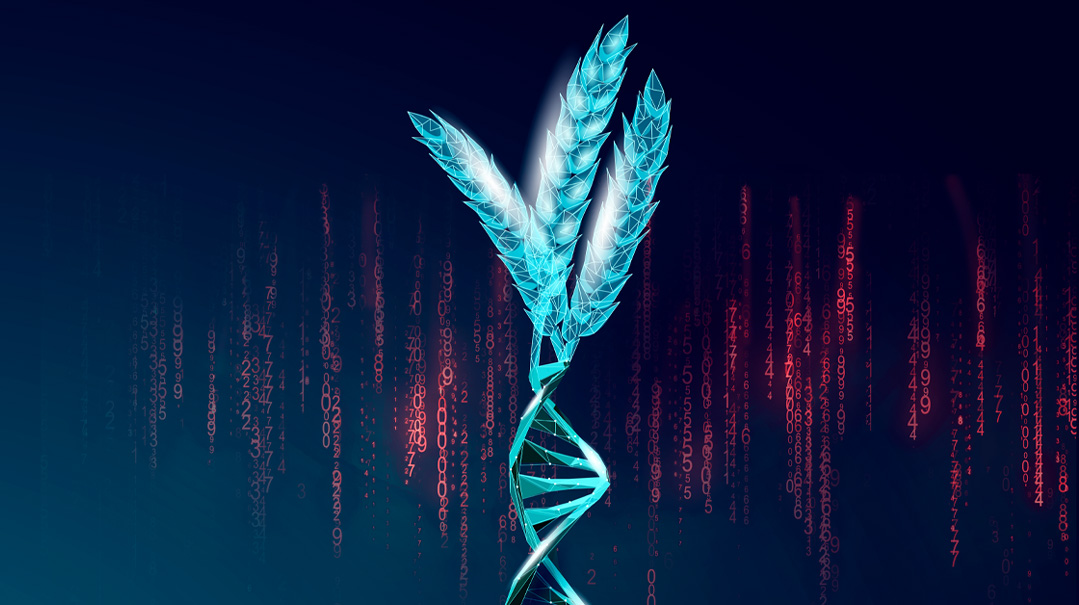Go Grains
| January 24, 2023The wheat we eat is in danger — and scientists in Israel are among many around the world working to find solutions

Ancient Wheat Ancestors
The wheat we eat today isn’t the same as the wheat grown in ancient times, or even just a couple hundred years ago. It’s changed in many ways — better in some ways, but worse in others.
Every plant has a place that it originates from. People come along and take seeds or trees of that species and plant them in other places in the world. Citrus fruits originally came from China. Apples came from Kazakhstan, but had spread far and wide by 1,500 BCE. But the biggest winner when it comes to conquering territory has been wheat.
Wheat originally came from the Fertile Crescent, which includes Israel, Turkey, Iraq, and other countries. But einkorn and emmer, the first wheat grown by farmers, didn’t look like the wheat we’d recognize. They were basically big grasses, with unimpressive seed heads at the top.
All grass makes seeds if you let it grow tall enough, and the grass on your lawn is distantly related to wheat, barley, and corn. But not all grass can become breads, cakes, cookies, pies, and other treats. So how did that ancient wild grass turn into the wheat we know and love?
Wheat Change
Since the dawn of civilization, farmers have been changing wheat, just like they’ve changed other fruit and vegetables. They choose to plant seeds from the juiciest, sweetest oranges, knowing that plants grown from those seeds will grow oranges that are juicier and sweeter. When it comes to wheat, farmers chose the plants that produced the most and largest seeds, so that they could grow more food with less work.
The good news is that they were incredibly successful. Over the years, wheat plants began producing more and more big, tasty seeds on the same amount of land, with less work. And once farmers and scientists create an excellent type of wheat, everybody wants to grow that type. So more and more growing land is taken up by fewer and fewer types of wheat.
Oops! We could not locate your form.






